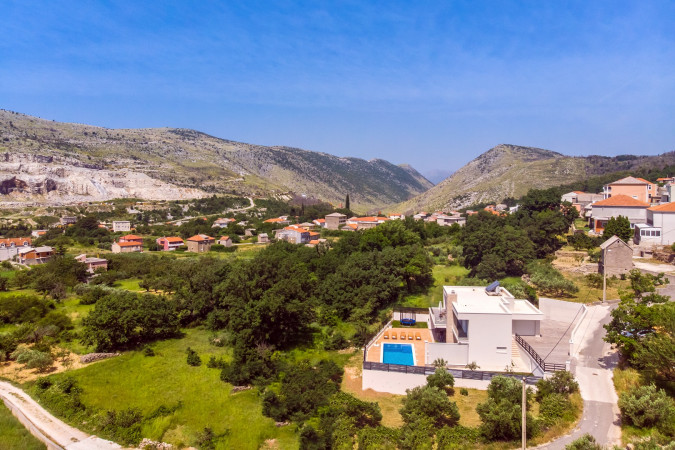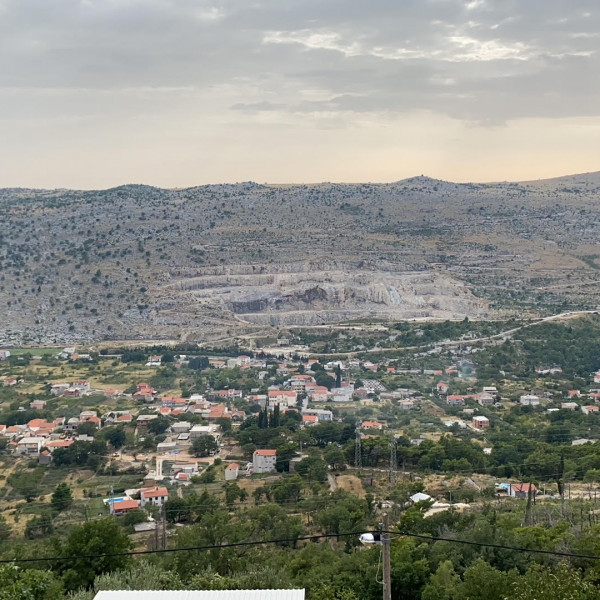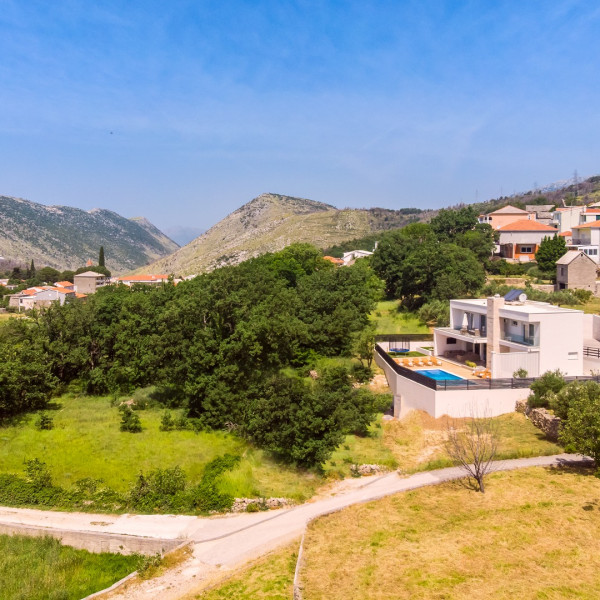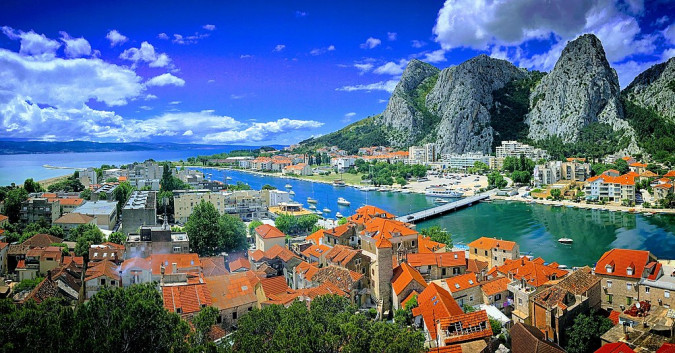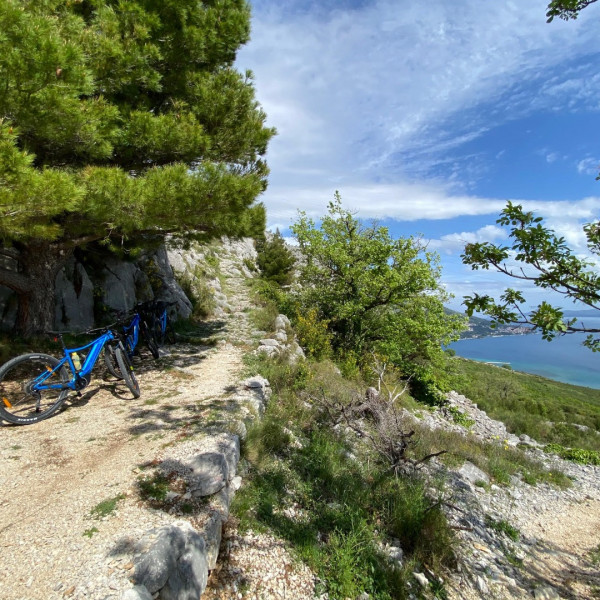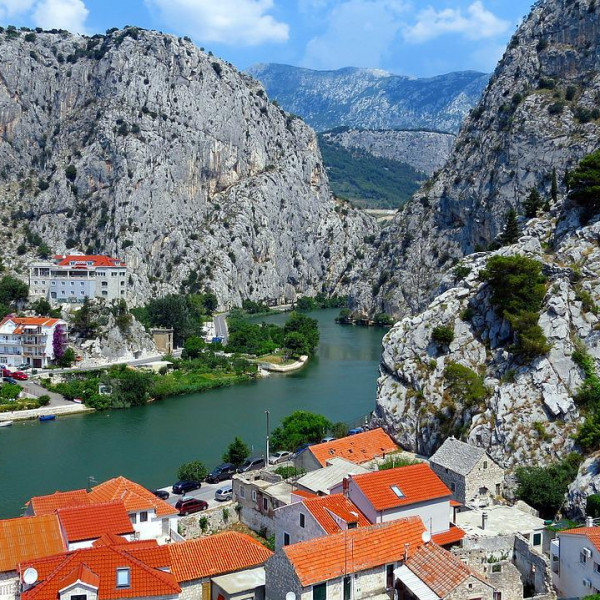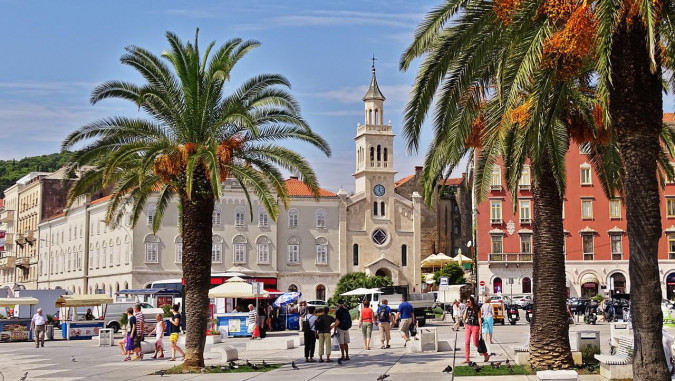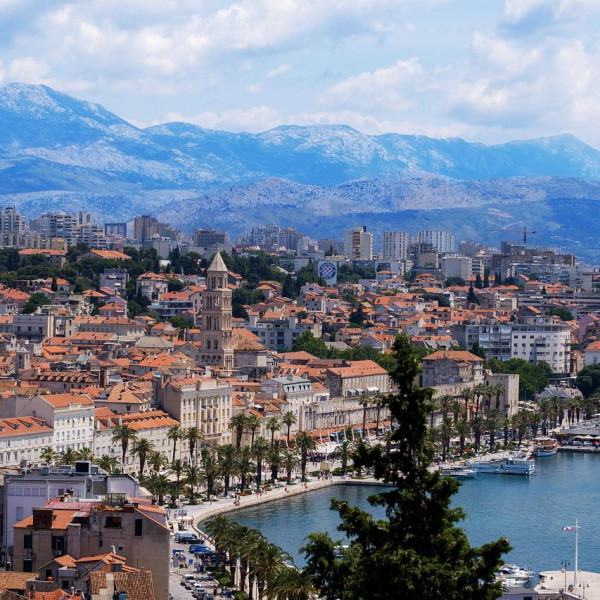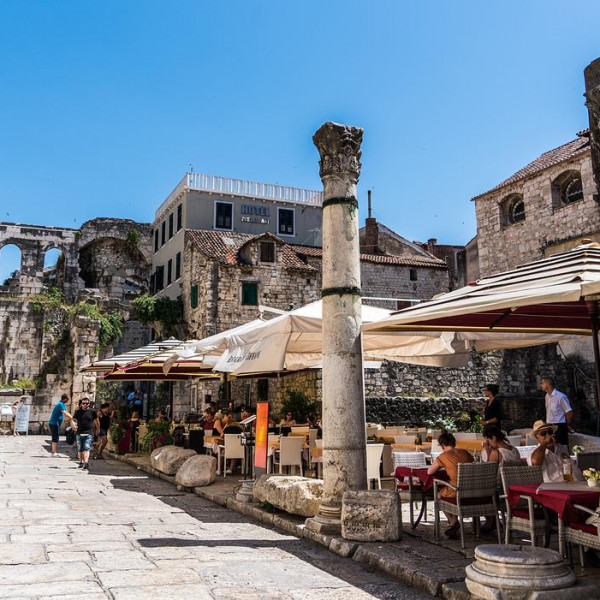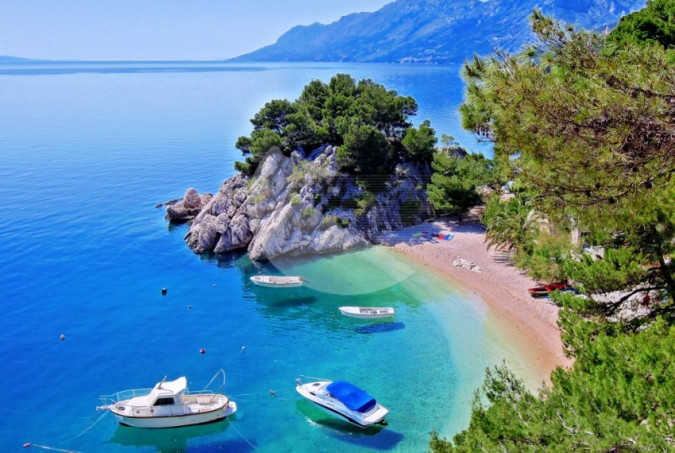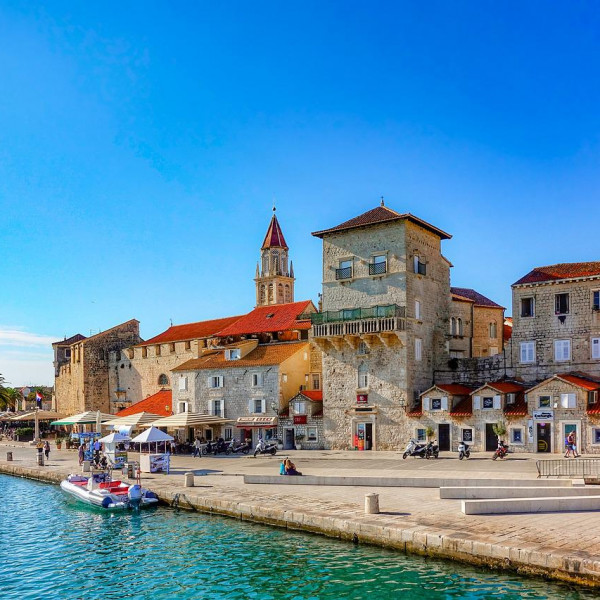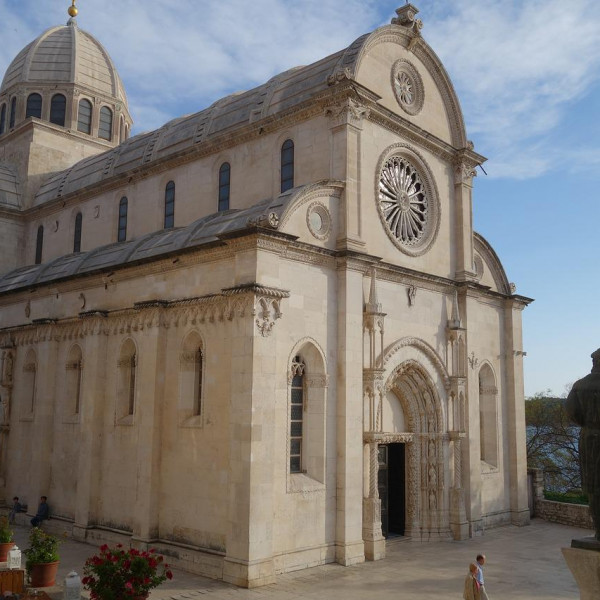Srinjine
Srinjine is a place in the municipality of Split, located in the suburbs of Split, between Split and Omiš. They have about 1,200 inhabitants and the vast majority are Croats. The connection to Split is by bus line 29, which passes every hour. By car, it is 15 km to the center of Split, which takes half an hour, and 15 km to Omiš, which takes about twenty minutes. There is also the possibility of using Taxi and Uber.
Srinjine is a popular cycling destination, with plenty of mountain and road trails, so don't be surprised when you see cyclists at every turn.
Srinjine is located between Perun hill and Mosor mountain, from which you can observe the starry sky in summer. Although a small town, Srinjine has as many as seven churches. These are the Church of the Birth of the Blessed Virgin Mary, the Church of St. Nicholas, the Church of St. Michael, the Church of St. Roch, the Church of All Saints, the Chapel of Blessed Alojzije Stepinac and the foundations of the Church of Our Lady of Health.
Football club NK Poljičanin 1921 operates in Srinjine.
The day of the village of Srinjine is on Whit Monday, as is the day of the Parish of the Birth of the Blessed Virgin Mary. If you happen to be in Srinjine on that day, you can expect a children's show, tasting of local wine, lamb and steamer.
In addition to the beautiful churches, Srinjine is adorned with breathtaking natural beauty that you will surely enjoy. And don't forget about traditional local specialties such as Soparnik, lamb, local wines, cherries, olive oil, tomatoes, etc.
In the last few years, thanks to the beautiful nature and the proximity of the sea and the island, urban tourism has been developing in Srinjine with great holiday homes and apartments.
